
Tyler Ellis SS18 Collection
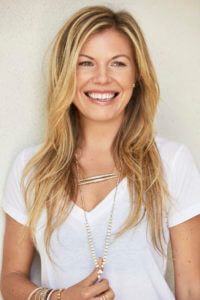
Tyler Ellis
Tyler Ellis, daughter of American fashion designer Perry Ellis, is one of LA’s hottest accessory designers right now. Her clutches and handbags are frequently photographed on the arms of Hollywood’s leading ladies, favoured for their simple, functional design and luxurious range of fabrics. Digital Editor Millie Walton puts the designer in the hot seat, for our new 6 questions slot.
1. You grew up around some of the biggest names in the fashion industry, Marc Jacobs and Michael Kors to name but two. Did this inspire you to become a designer?
My mother chose to raise me in LA away from my father’s world to try and give me a private and more normal childhood, so I was not raised in the fashion scene. I remember the first time I went to a Marc Jacobs fashion show, I was around 13 years old and it was at a tented, candle lit pier in NYC, very reminiscent of a romantic night in Italy. That was the first moment that I knew the designer gene was in my blood. The energy in the room was electric – a feeling I will never forget and something that I knew I wanted to be a part of!
Follow LUX on Instagram: the.official.lux.magazine
I returned home to LA and for a period of time left my dreams of becoming a designer in NYC. I ended up going to college in Boston and graduating with a Communications degree. It wasn’t until I moved to NYC and started working with the designer Michael Kors that my dream to design reemerged.
Working for Michael and his team was amazing. It was like one big family with people encouraging and inspiring one another to push themselves to do their very best. After this incredible experience I decided to take the leap and start my own line. It was the scariest, but at the same time, most rewarding thing I have ever done and I am very thankful that these impactful experiences pushed me to follow my dream!
2. Your designs have attracted an impressive celebrity following, how influential do you think celebrity endorsement is for contemporary luxury brands?
It has been an unbelievable honour having such strong, incredible and powerful women like Oprah Winfrey, Meryl Streep, Viola Davis, Salma Hayek and Reese Witherspoon choosing to carry my bags, when they have the world at their fingertips.
Celebrities have literally “made” unknown clothing brands by wearing their creations to major events, giving emerging designers a worldwide platform which most young brands cannot achieve on their own. Exposure is key!
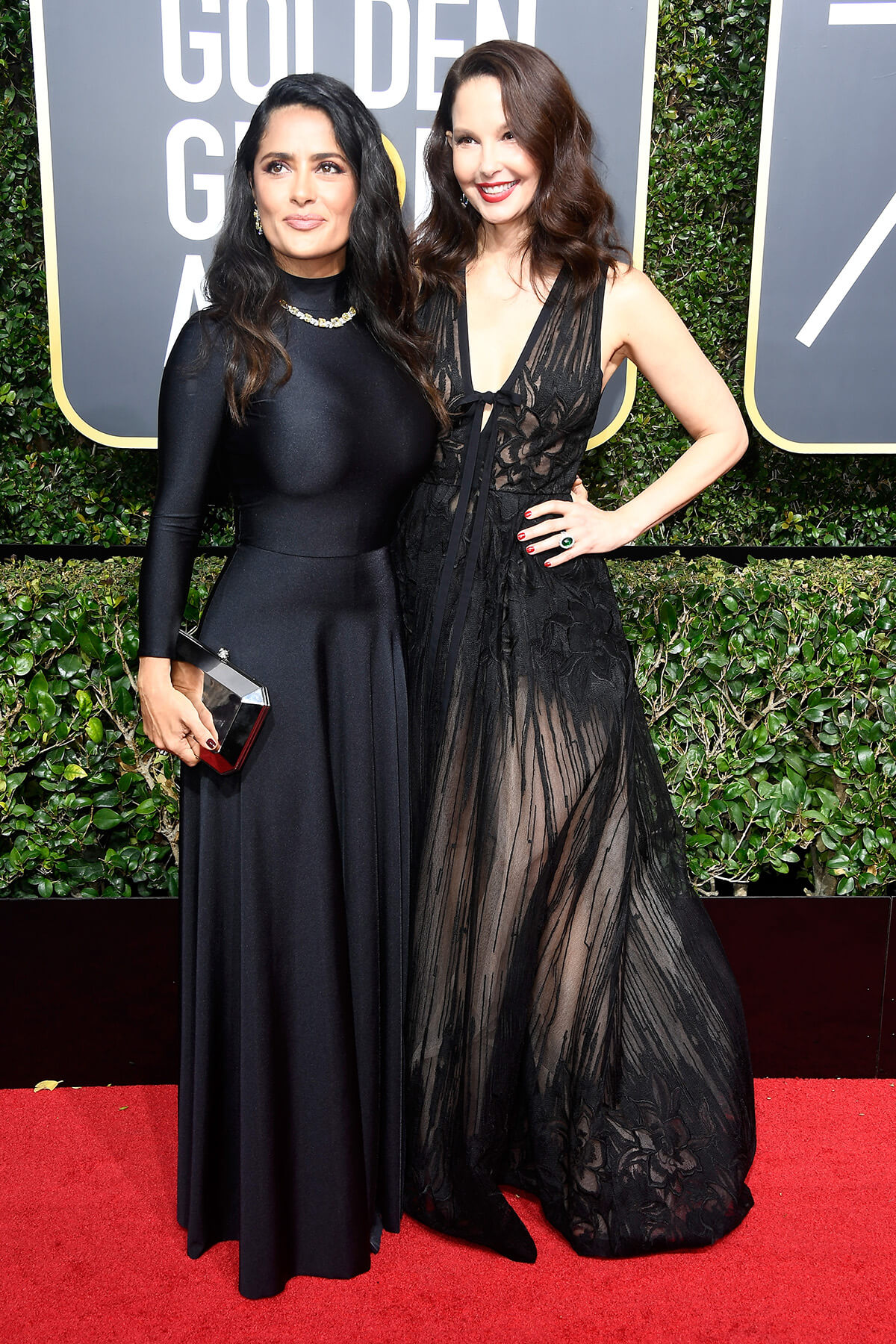
Actor Salma Hayek (left) pictured at the Golden Globes holding the Lily Clutch by Tyler Ellis
The accessory world is a bit more difficult because when a celebrity walks the red carpet, the outfit is always the main focus, jewellery and shoes may or may not get mentioned, and the bag sometimes might not even be carried.
Personally, capturing images of celebrities carrying my bags has been a huge asset to my brand not only because it drives sales, but also because it creates brand legitimisation. In order for most people to purchase an item, especially a luxury piece, they must believe in or have trust in the brand. As I mentioned earlier, celebrities have access to anything they want, and when they choose to carry my bags it sends a message to the world.
3. What makes the perfect bag?
The perfect mix between functionality and luxury. There are many beautiful bags in the world, but what defines the good from the great are the intricate details.
All of my bags are hand crafted in Florence, by a father/son owned factory. I customise my hardware, purchase alligator, python and lizard from Hermès Cuirs Precieux (HCP), an Hermès owned tannery, and source all of my leathers from France and Italy.
To me, what make my bags even more unique are the beautiful details that create functionality. Every Tyler Ellis clutch comes with a hidden, detachable, lightweight chain, holds the largest iPhone, fits comfortably in the hand and most also have discrete exterior pockets and internal dividers for the essentials.
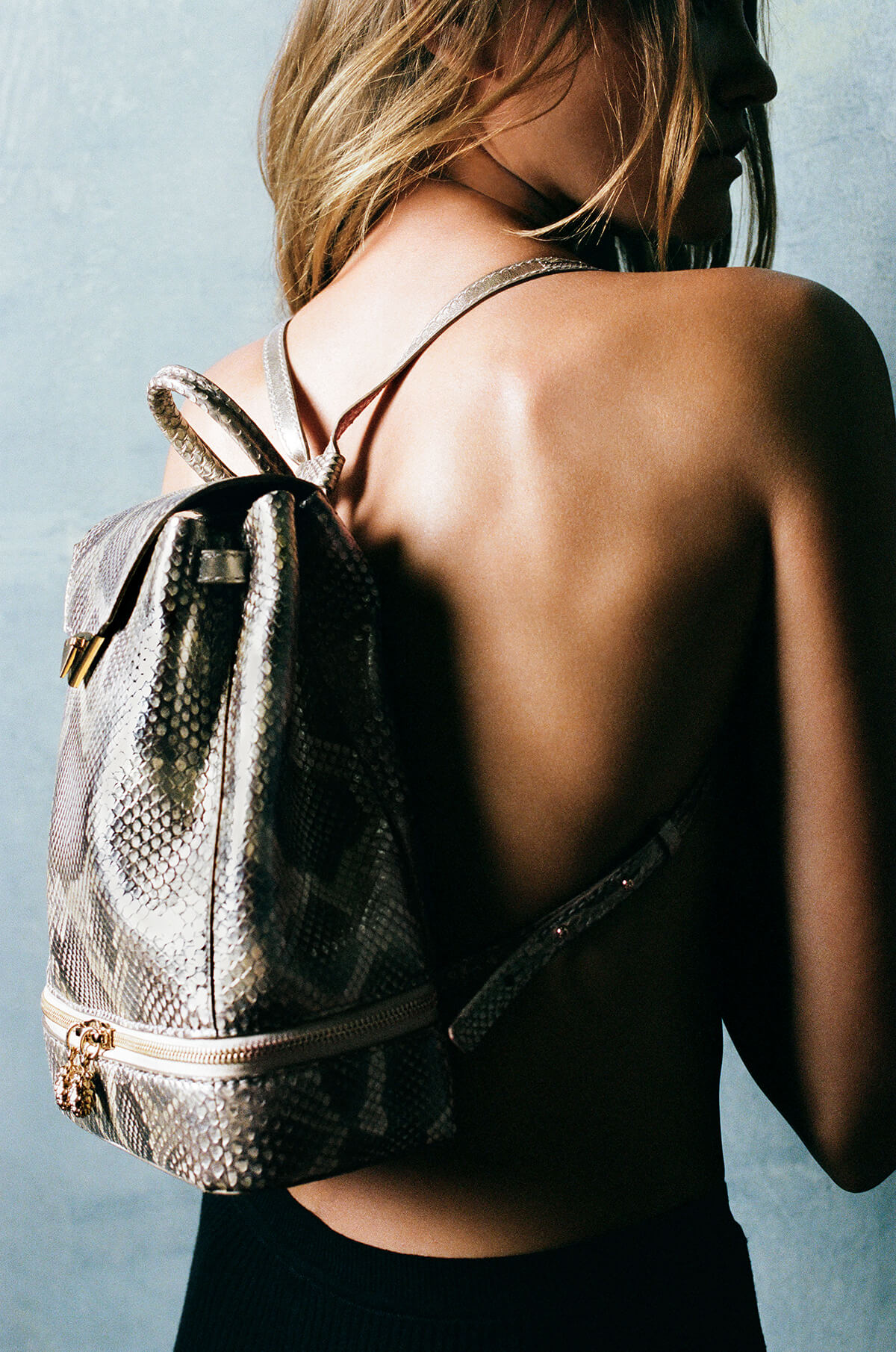
Tyler Ellis SS18 Collection
Day bags come with phone chargers, extra-long key-fobs, credit card slots, iPad/computer compartments, hidden exterior pockets and zippered internal pockets. Gold plated pinecone feet are offered to help protect the hides and all of the bags are all lined with my signature “Thayer Blue” lining making it easy to see your belongings inside.
My bags are representations of me and my lifestyle, and I strive to make them as best as I possibly can.
Read next: Photographer Maryam Eisler on East London and the power of art
4. What are some of the challenges that face small independent luxury brands today?
Getting the right people in front of the product! People are so busy these days and given the speed and power of social media and the internet there is so much noise out there it’s very difficult to get enough attention from the fashion world to make a difference for an emerging brand. Larger brands have larger budgets, which leads to greater mainstream exposure. As an independent niche brand, I have changed my approach on running my business, relying less on the traditional fashion world and focusing more on intimate events with prominent women in key cities around the world. These women have access to anything and everything and when they choose to purchase and carry Tyler Ellis it’s an incredible validation for my brand and me.
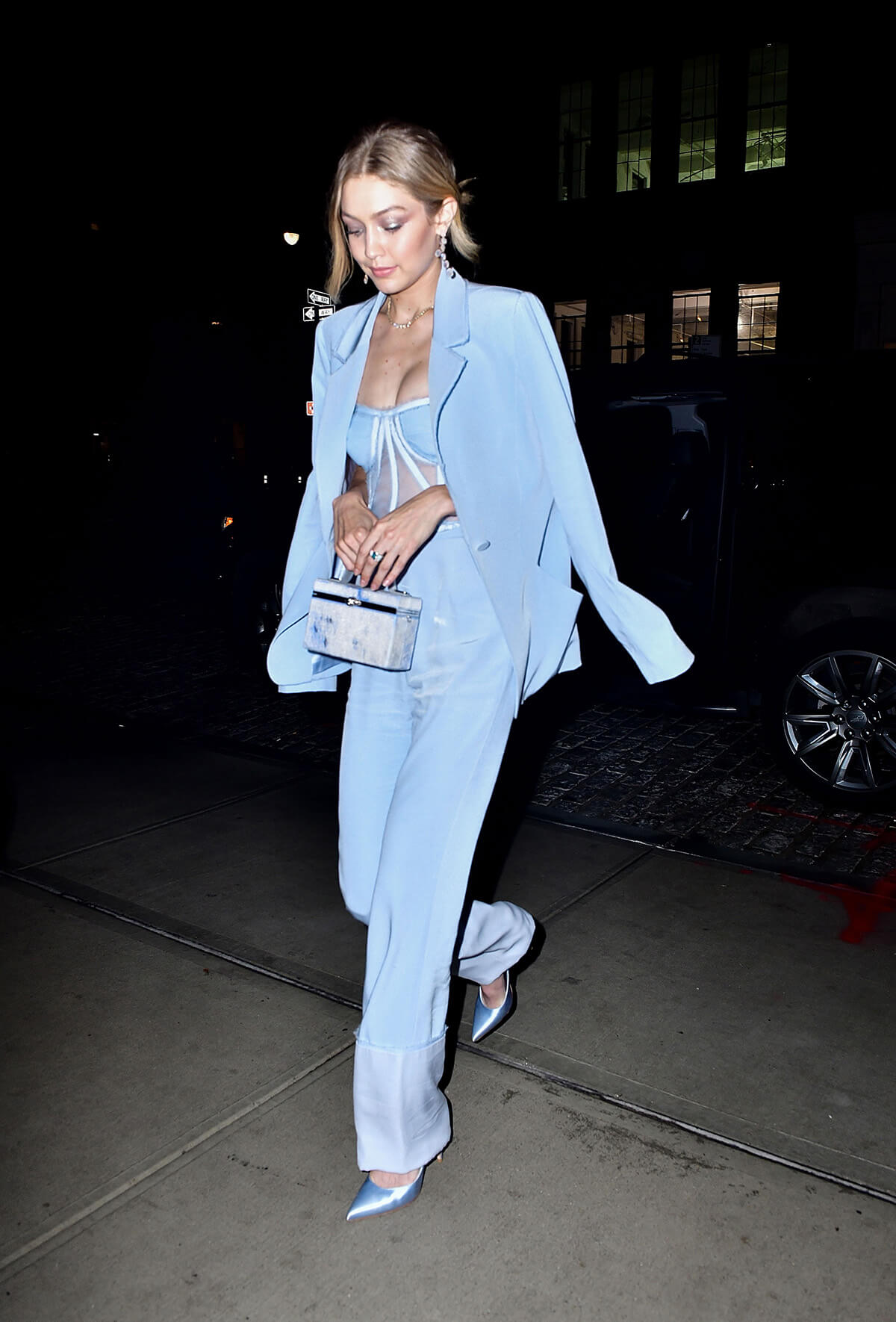
Gigi Hadid pictured with the Ava Box. Photo by James Devaney/GC Images
5. Do you have a favourite material to work with and why?
I always enjoy working with unexpected exotics…skins like ostrich leg, jungle fowl, fish and toad are not commonly used but look and feel super luxe and keep people guessing. Creating these unique pieces excites me because there is so much of the same out there and it’s always refreshing to find something different and individual. The most rewarding feedback I have received from clients is that when they carry their Tyler Ellis bags, people constantly stop them and inquire about the bags, which makes them feel great and excited to be carrying something special and coveted.
6. What’s next for your brand?
I am currently working on a bag collaboration with a very talented Hollywood stylist. It’s a sporty day bag, which differs from my more classic signature style, but I’m very proud of it and super excited for the launch. I will also be continuing an ongoing collaboration with the fashion label Noon by Noor for their Fall Winter collection which will be presented over New York Fashion Week– stay tuned!
I’ve also started to delve into the bridal world. I’m at the age where many of my friends are getting engaged and I’ve been getting requests to design bespoke bags for brides and their bridal parties. I have a quick turn around and can custom most colours and materials. Another added bonus is the interior of my bags are blue, so you are also checking off something new and blue!
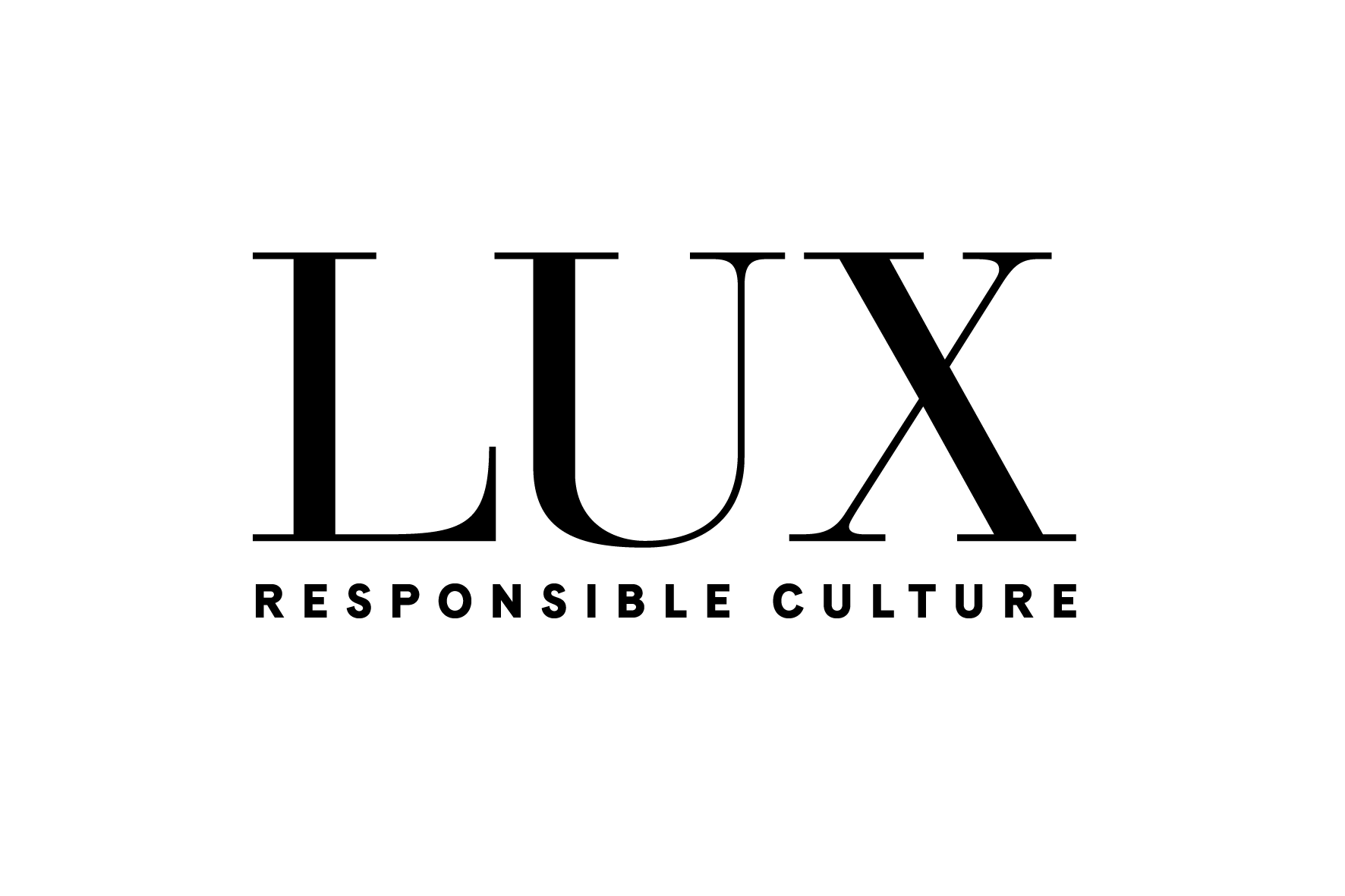
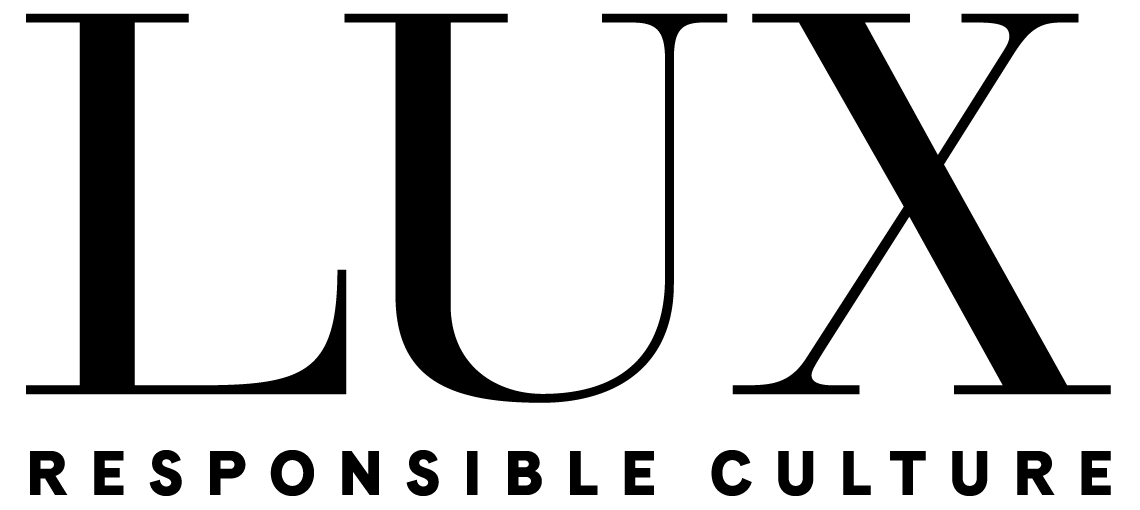
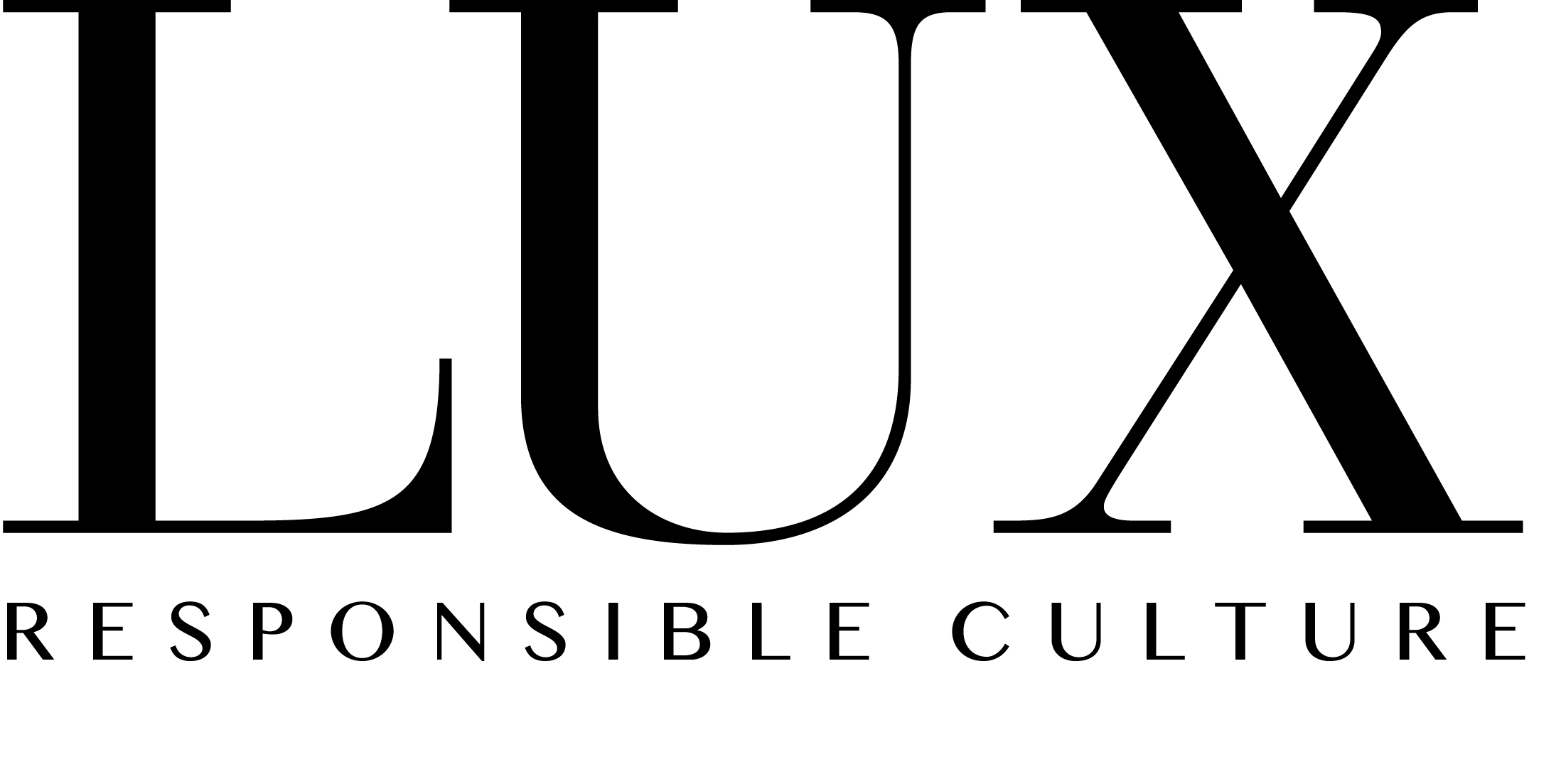
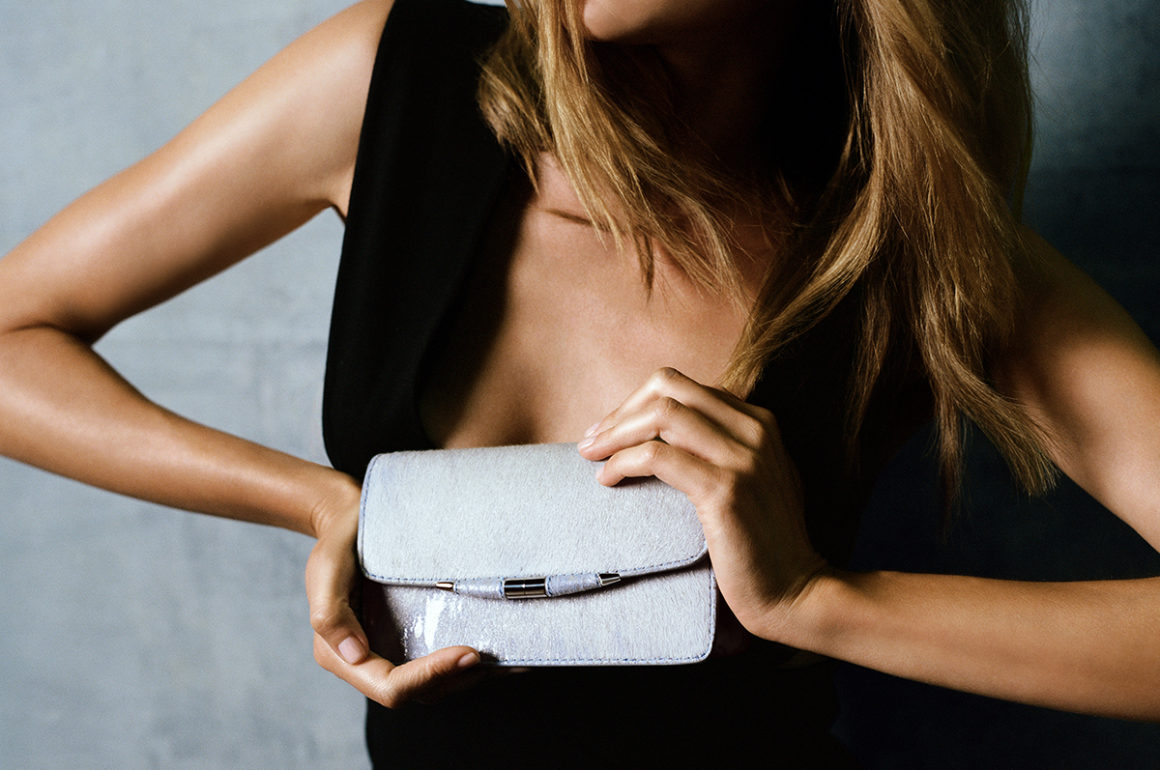
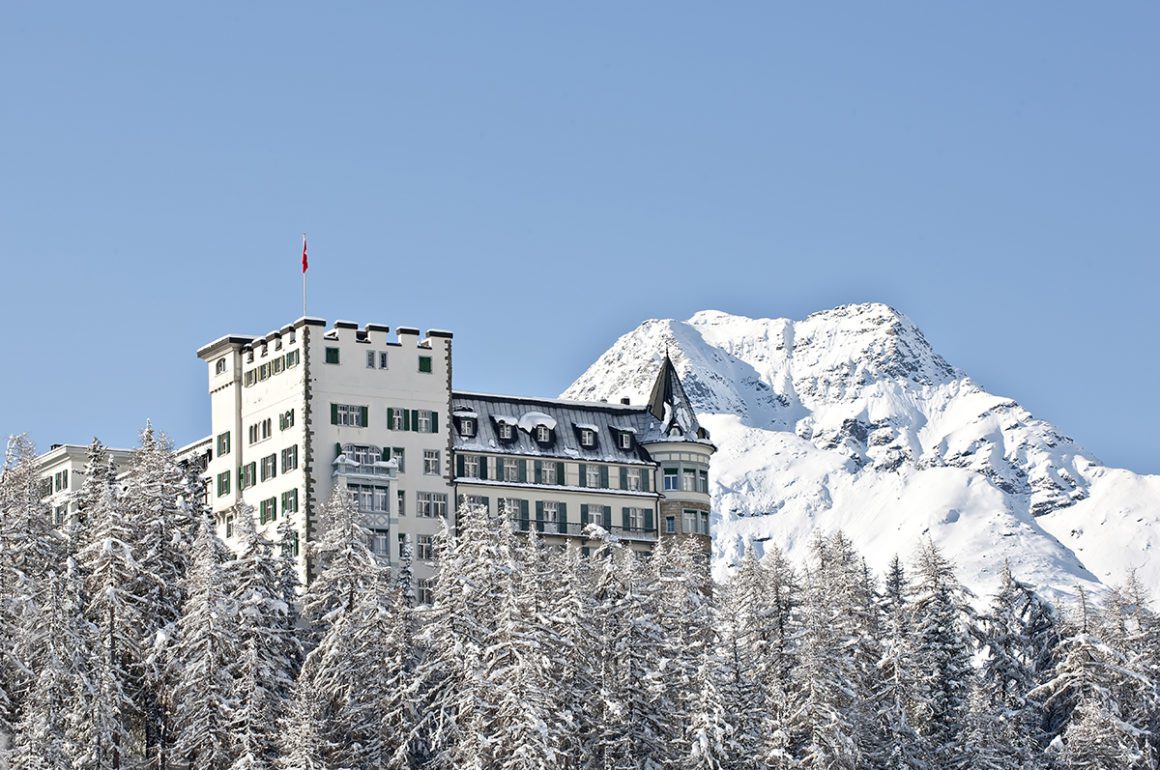

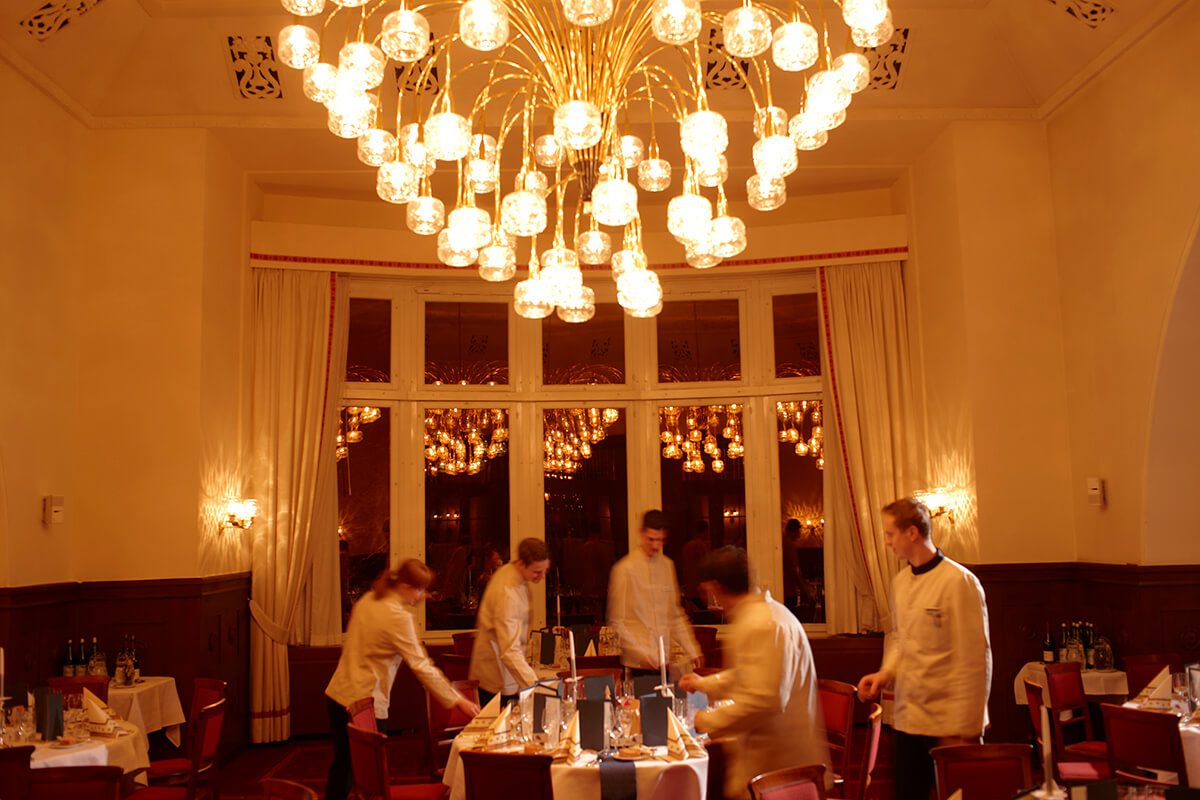
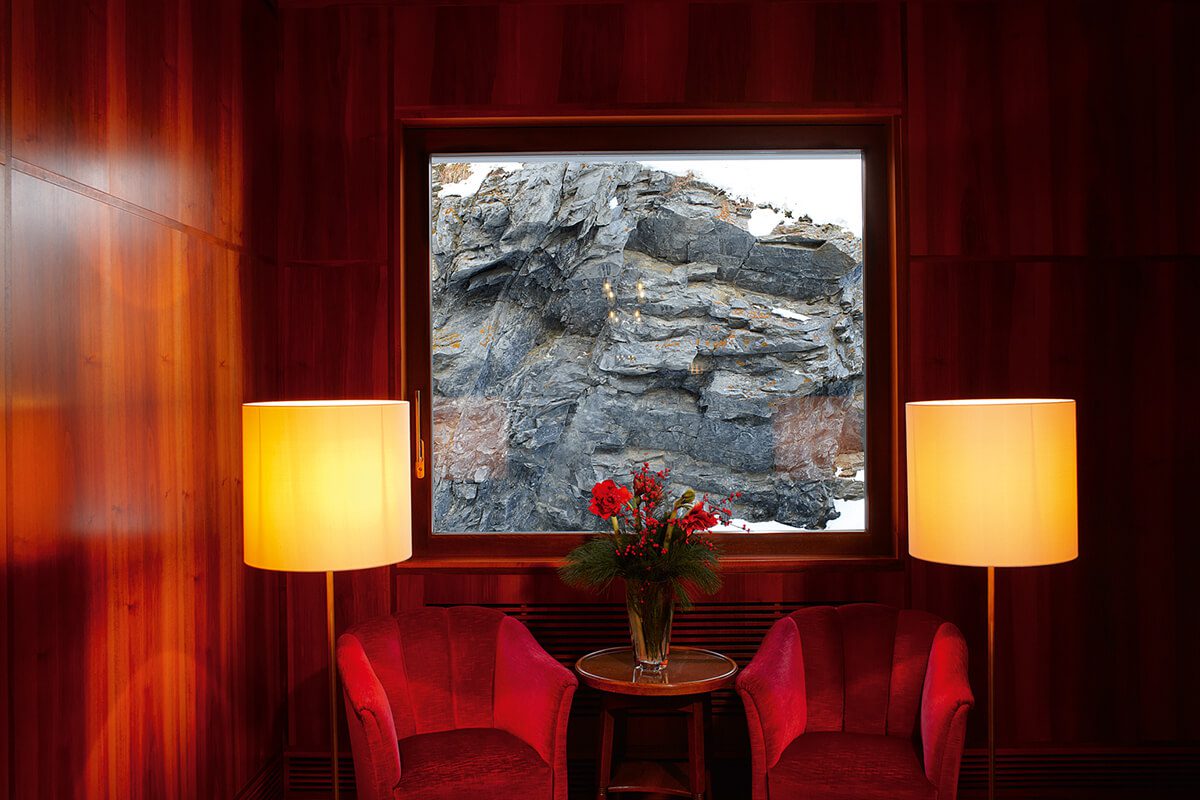
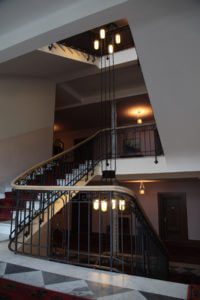


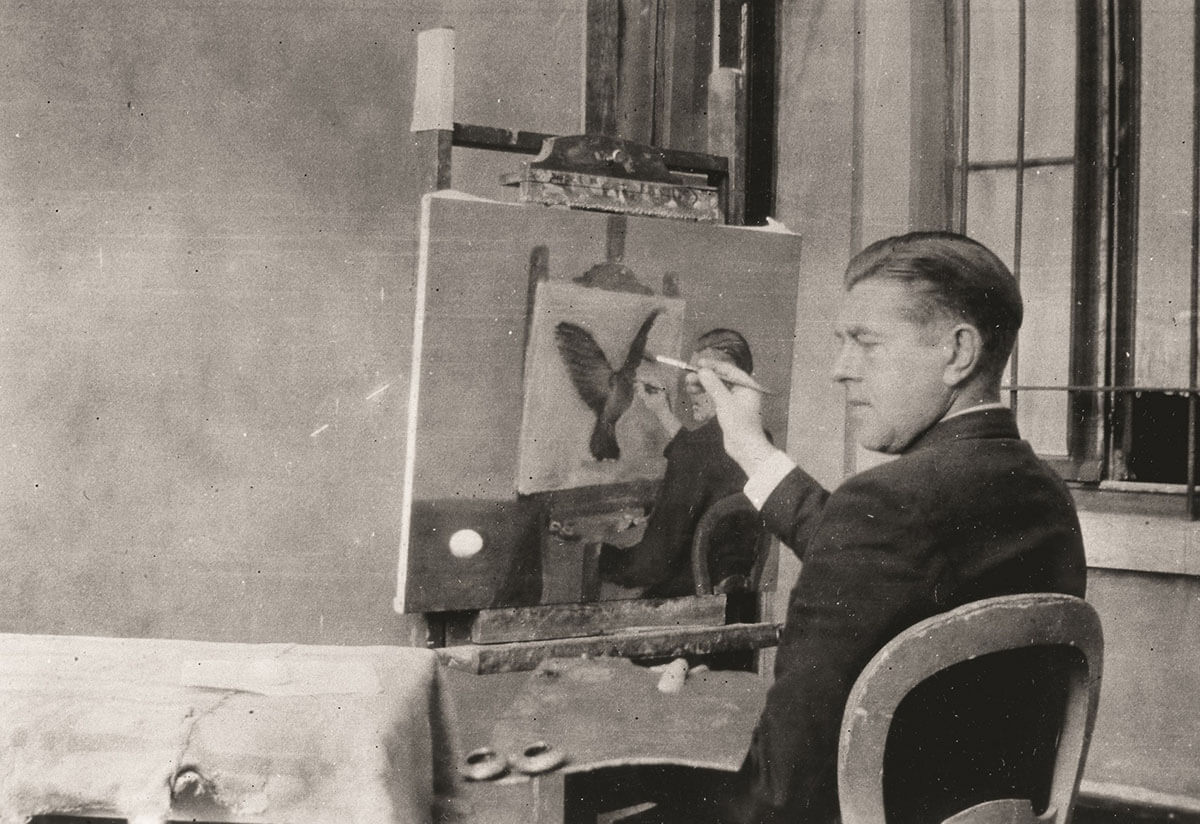
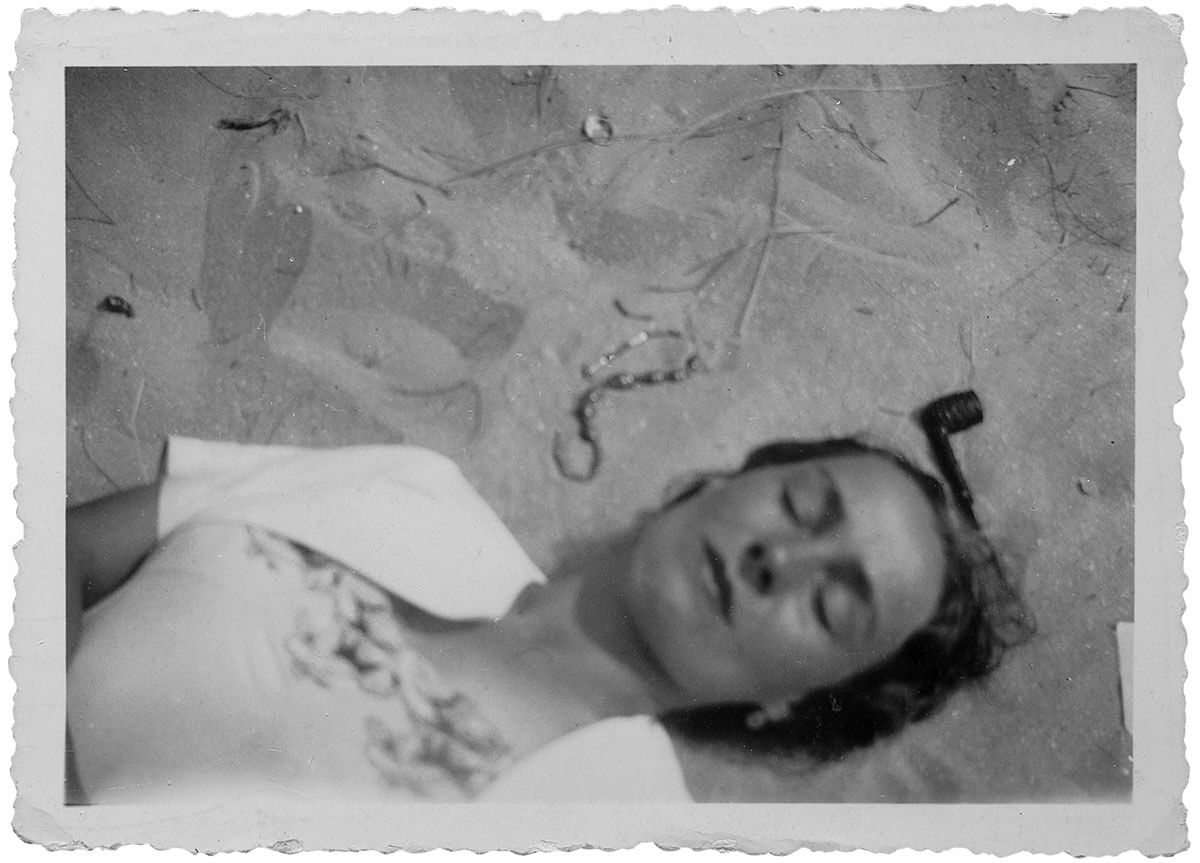
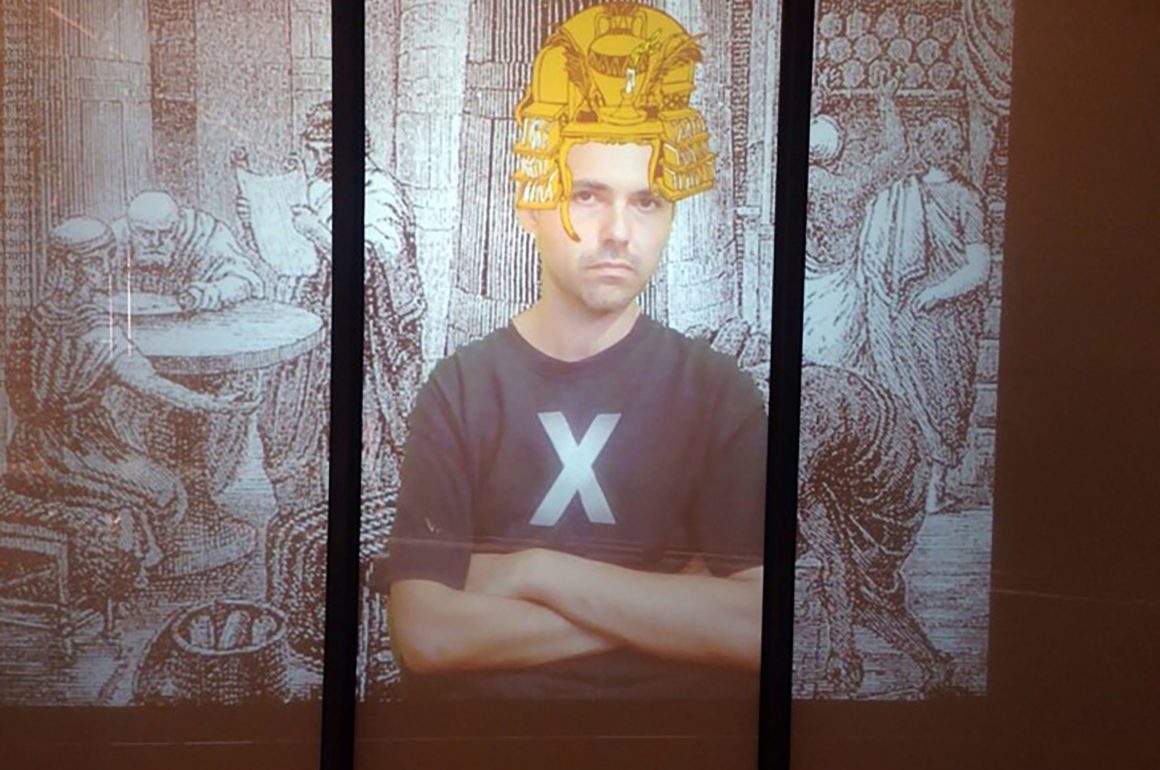

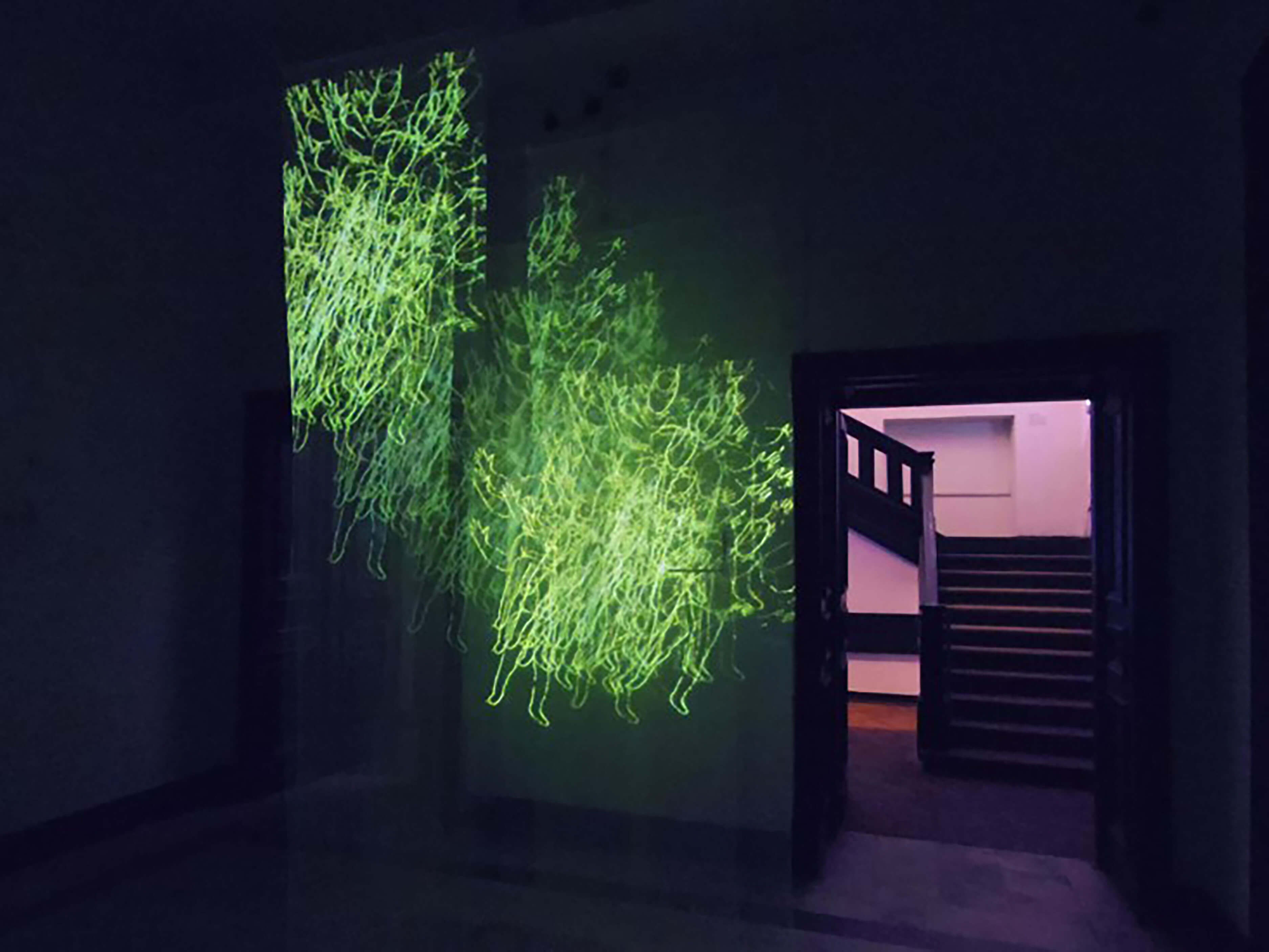
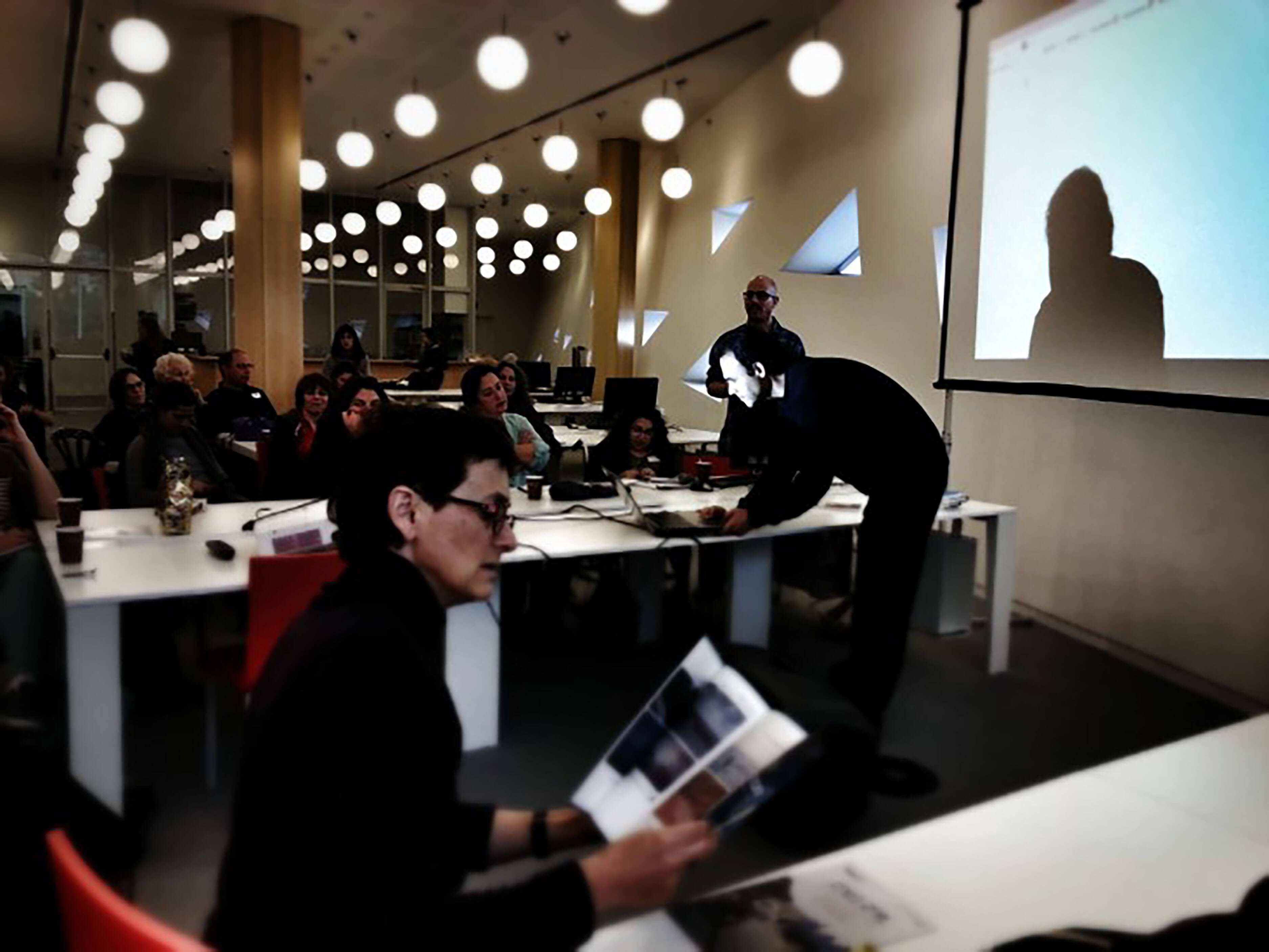
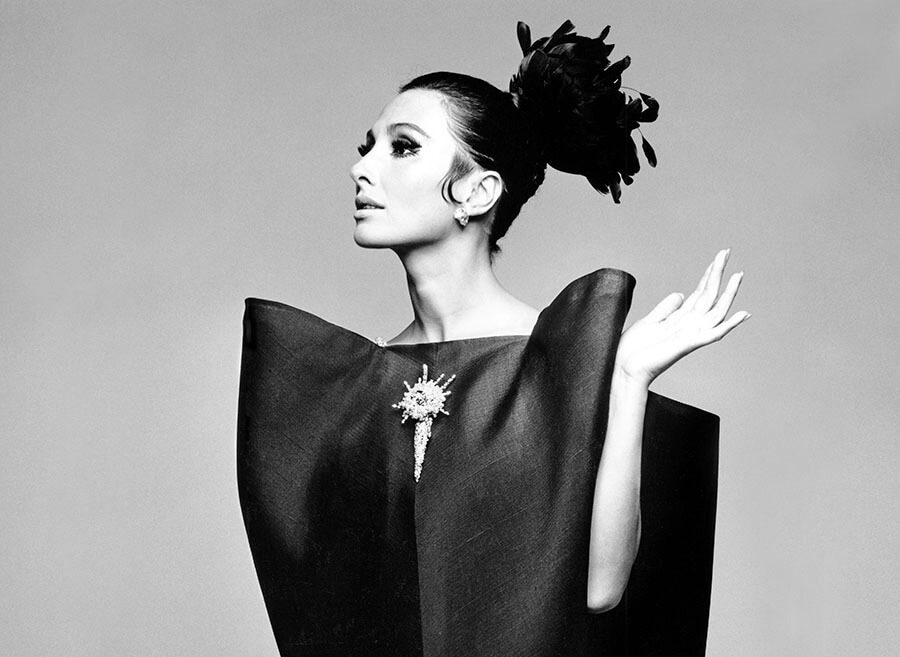

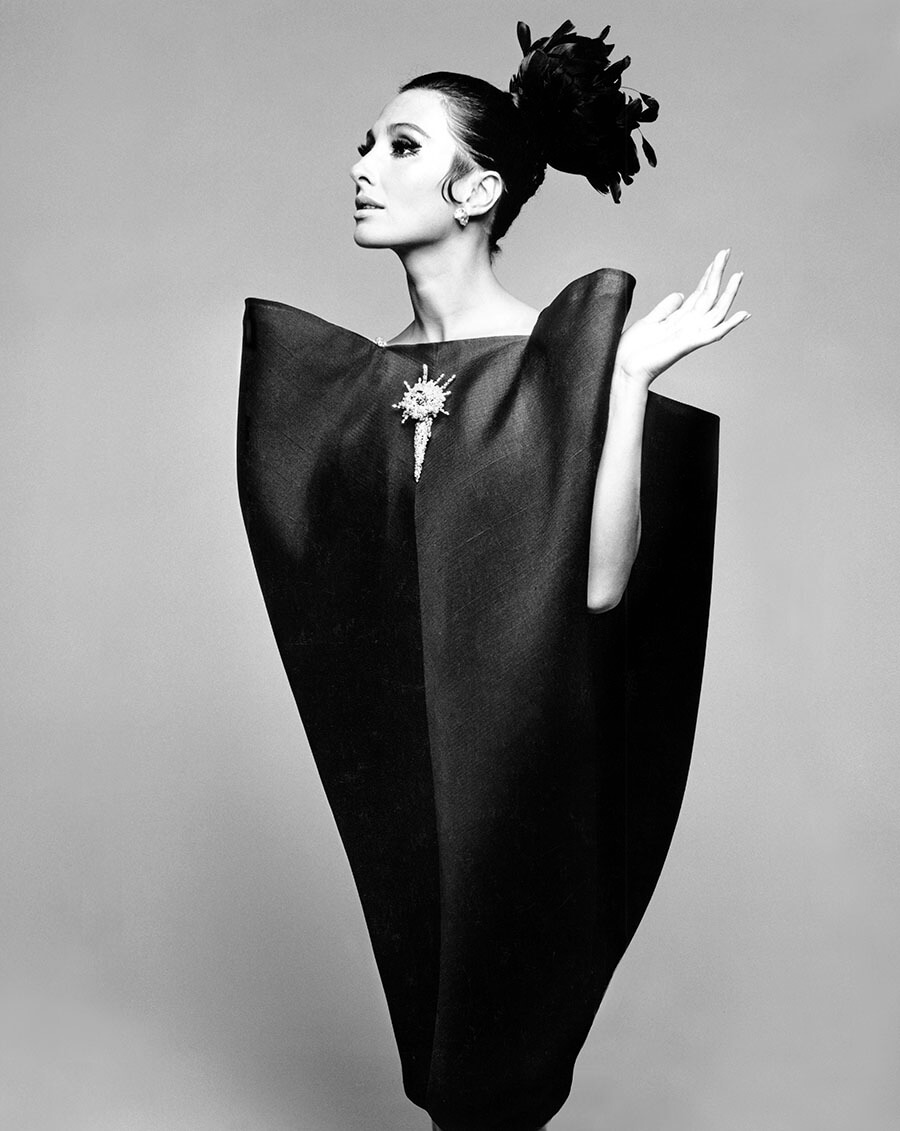





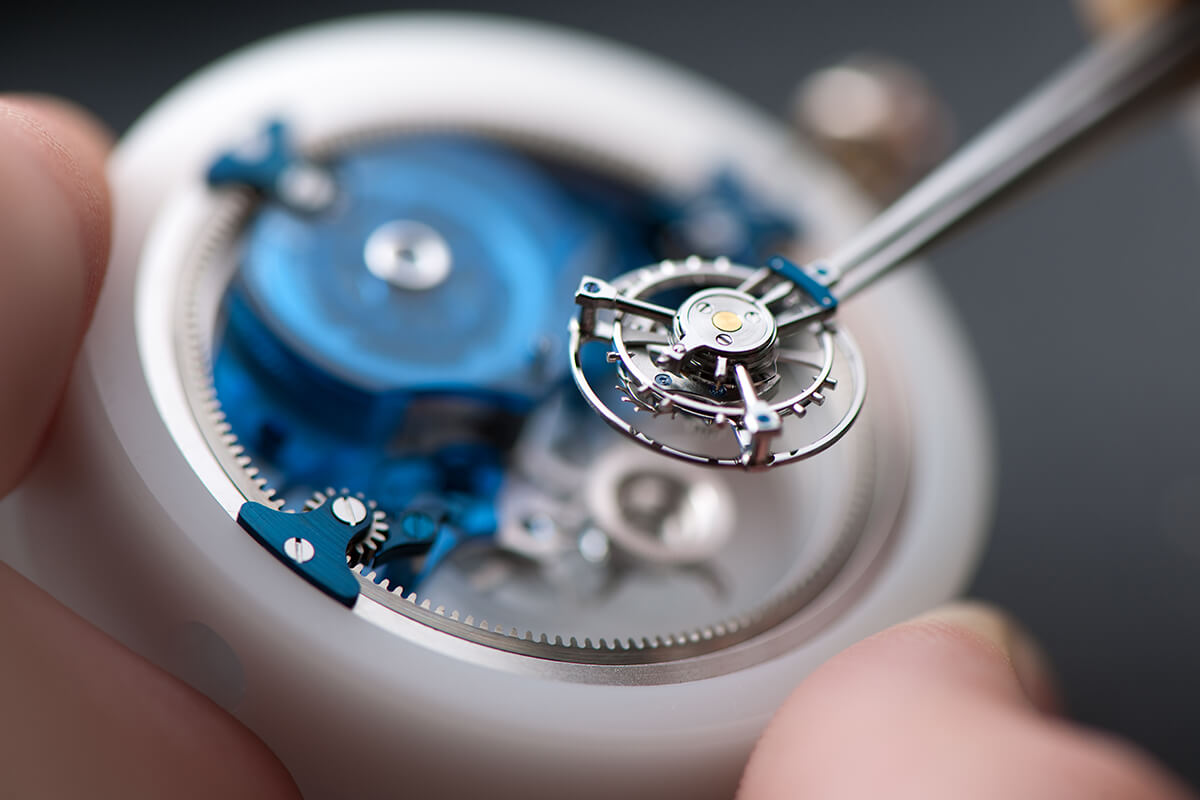
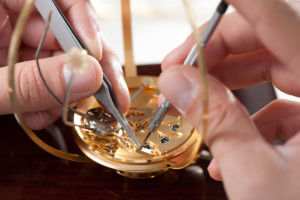

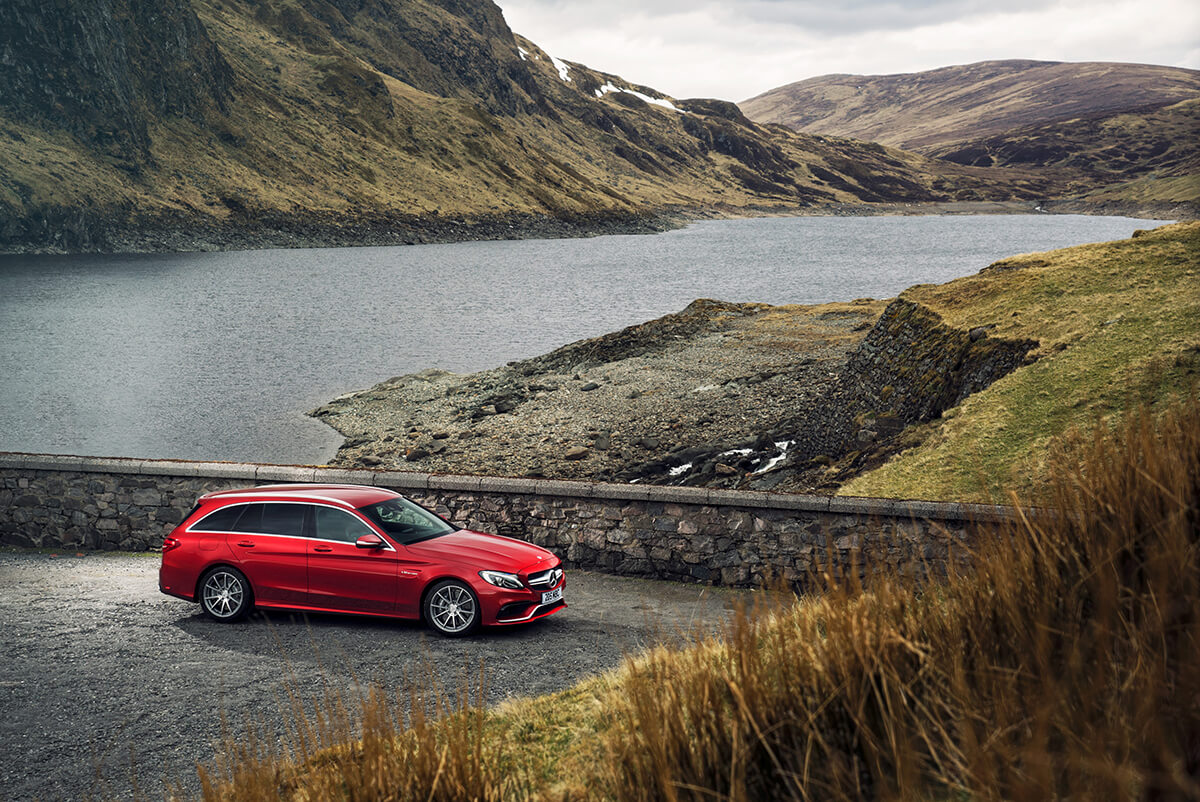
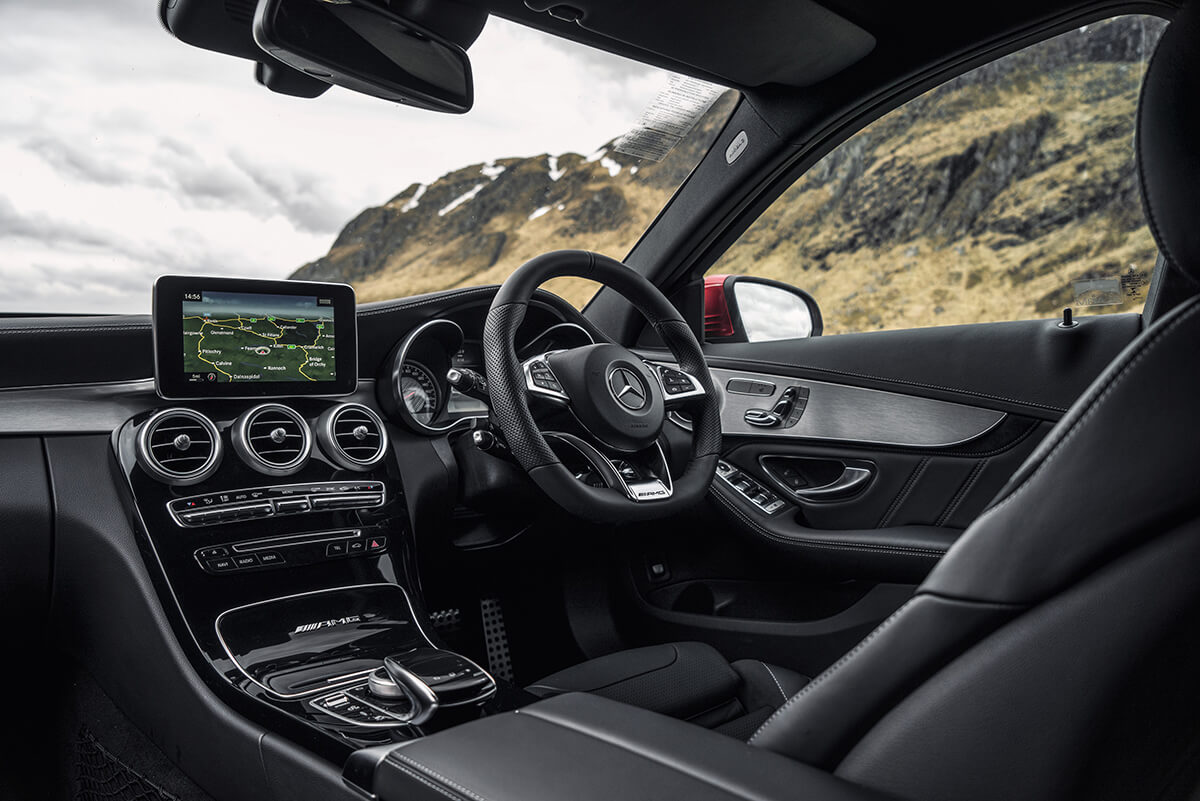
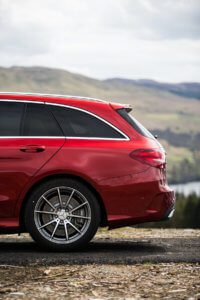 Remington-style, at the turn of the century. The division still operates quasi-independently, from its own factory, and is completely unlike the racily-badged marketing pieces that crop up from other car companies. AMG rips out the suspension of standard Mercs and replaces it with its own technology, which manages to be both supple and sporting.
Remington-style, at the turn of the century. The division still operates quasi-independently, from its own factory, and is completely unlike the racily-badged marketing pieces that crop up from other car companies. AMG rips out the suspension of standard Mercs and replaces it with its own technology, which manages to be both supple and sporting.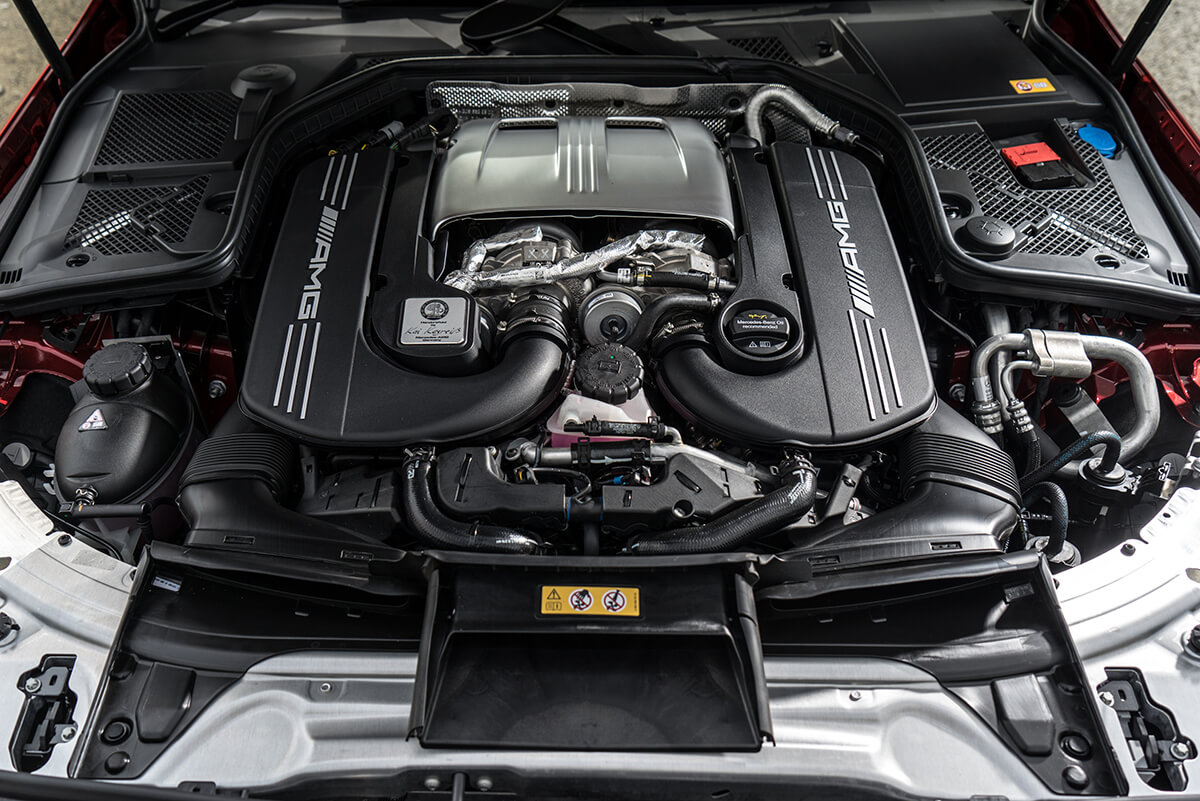
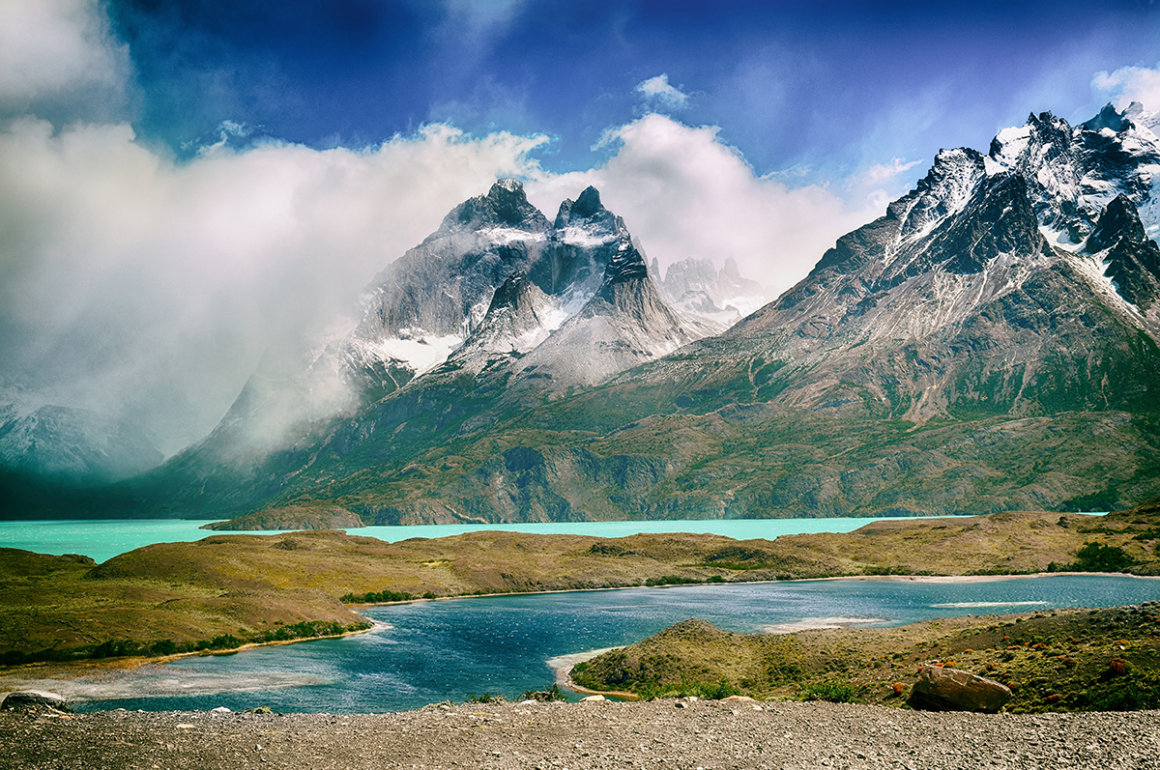


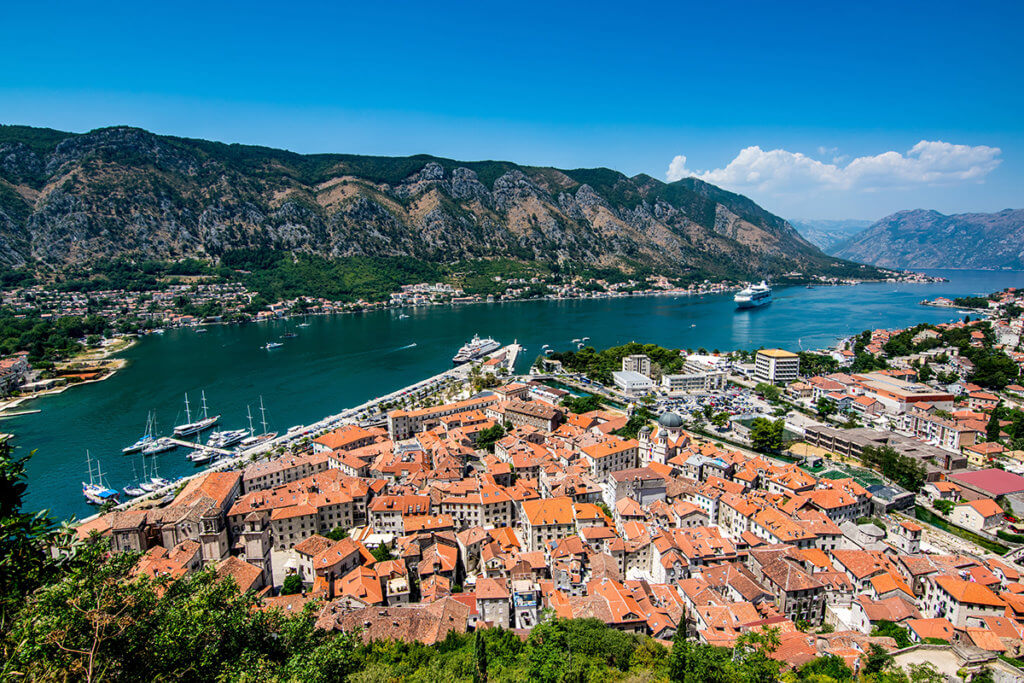
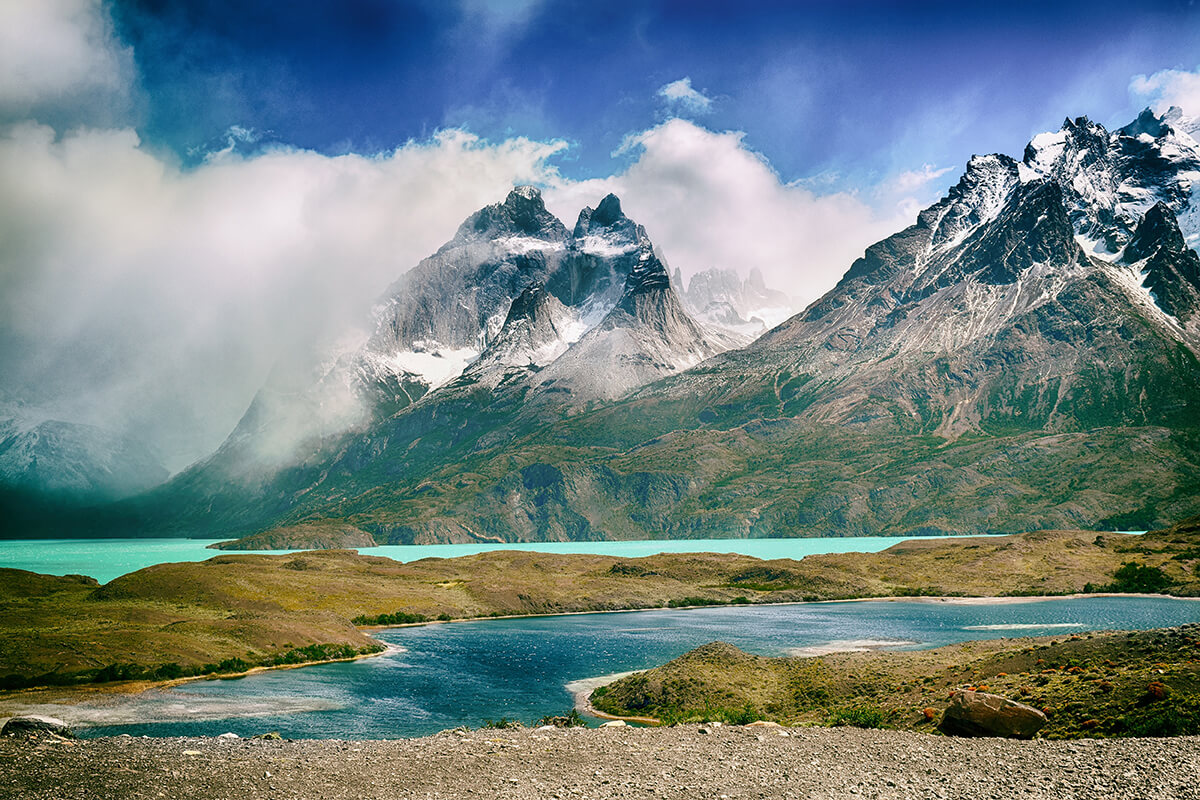

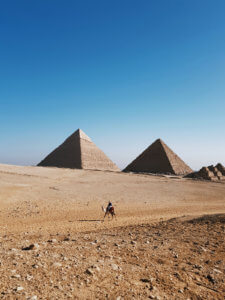















Recent Comments